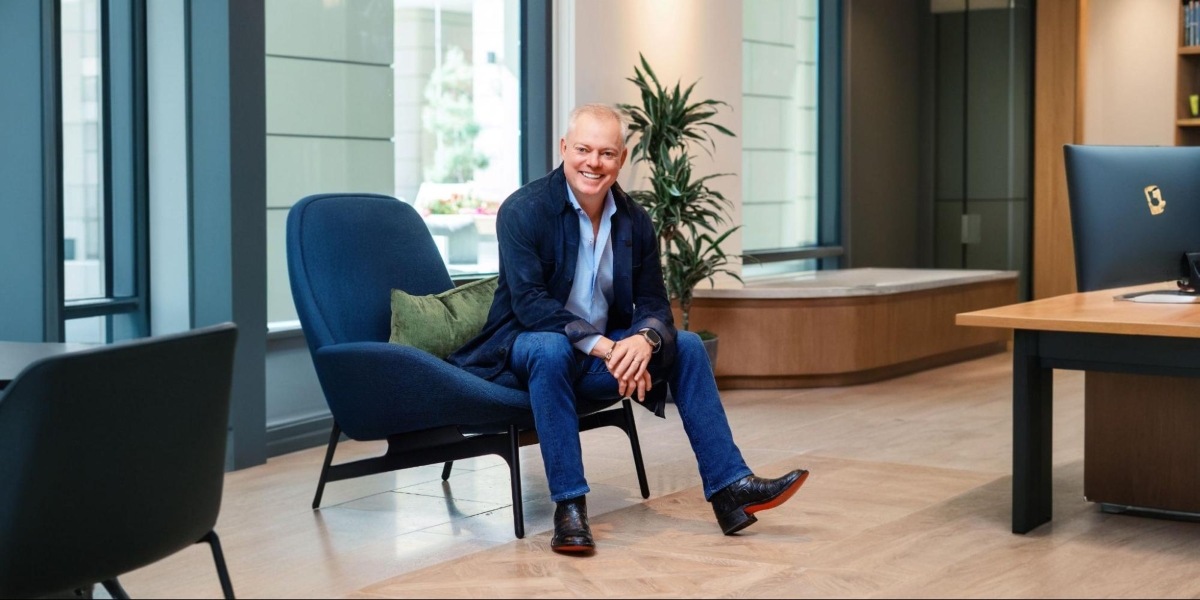In a technological age where delivery methods are so advanced that some high-tech companies are opting for drones or even robots, why are there still so many fundamental shortcomings when it comes to last-mile logistics? For business owners, this is the point in delivery operations where there is most room for error, especially if it is outsourced to a third party. Even so, delivery is the most fundamental part of any service or purchase.
While every aspect of a purchase might be slick — from user interface, to product quality, and customer service — if the package faces delays or damage during the delivery, that is what ultimately defines the customer experience, and it’s how they will remember your company. Overall, the needs for courier and delivery services are simple: fast, reliable, and effective. But what problems currently exist for businesses that are preventing them from meeting these standards?
Specific Cargo Requirements
When delivery is outsourced, businesses want a no-brainer solution where they can be confident that goods will not be damaged along the journey. In essence, this means that there is specific consideration for the type of goods that are being transported: the flowers should not be ruined; the cake should not be smashed; the food should not be defrosted. The list goes on, but it’s paramount that these considerations are made. After all, the end customer rarely judges the parcel’s delivery process, only its appearance and quality. If a business owner can receive good feedback from customers after delivery, they can conclude that their delivery partner is capable and favorable to deal with.
Senpex, an award-winning delivery platform that specializes in a wide variety of delivery services — from business, to furniture, flowers, catering, and more — has more than 7,000 fully-insured and trained couriers across the US. Co-founder Anar Mammadov says that it’s this training that makes all the difference. “Couriers should be trained to deliver a parcel of any size or value to its destination with total professionalism and care.” He adds that suppliers should be “just a witness,” to the delivery that is ultimately handled by drivers who are trained to manage different types of goods.
Route Management
One of the biggest challenges facing delivery drivers — especially those with time-sensitive deliveries like food, health products, or corporate packages — is to complete their quotas in the smallest, yet most efficient time possible. More specifically, the goal delivery window these days tends to be as narrow as one hour. For drivers, however, retracing their tracks and staying out on the road longer than necessary due to insufficient route planning can be frustrating.
“Unhappy drivers make for poor deliveries,” says Mammadov, who channeled his 16 years of technical and entrepreneurial experience to address this very problem. Senpex uses AI-powered route optimization to help drivers navigate hundreds of deliveries, weather and road conditions, and more. Not only does it make deliveries quicker, but it’s the best way to ensure that last-mile logistics solutions are cost-effective.
Automation and Flexibility
When businesses are dealing with such a huge volume of deliveries, manual processing is never going to be sufficient. Mammadov took note of these frustrations in building Senpex by introducing Senpex API — technology that can even be integrated into company systems and e-commerce website to increase sales, optimize employee time, and reduce inefficient workloads. It allows businesses to be connected with more than 7,000 trained couriers in a fully-automated dispatch system within a web or mobile-based application.
This also reduces the burden on drivers who, in addition to having a route fully planned for them, do not have to get bogged down in admin. It’s also a bonus for in-house workers. “Your employees will reap the benefits from a reduced workload,” Mammadov explains, “thereby leading to more precious time to focus on what matters most, your business.”
Sensitive Contents and Protocol
For businesses that are required to ship deliveries of a sensitive nature, the margin for error is even smaller. When it comes to these types of deliveries, especially medical — like lab materials, X-rays, or blood samples — the execution of a seamless delivery means all the pieces need to fall into place. Mammadov, who has a dedicated health department in Senpex Health, says that the most important thing about these deliveries is that they need to be “seamless, discrete, and fast.” Essential requirements include the ability for both customers and businesses to be able to track fulfillment, and for urgent, scheduled “time window” deliveries to be an option.
While various problems can arise when parcels are shipped out for delivery, oftentimes, many of these issues can be resolved with the same solutions — automated processing and dispatch, AI planned routes that can reanalyze based on real-time conditions, and instant messaging to keep businesses and drivers informed at all times. By implementing these solutions, it helps to address potential delivery issues that may arrive before it has even happened.
Find out more about Senpex here.








